Every week in Business of Home’s Trade Tales column, we ask designers from all across the country to share how they run their firms, manage clients and stay inspired. Here, we’ve rounded up 12 responses that stuck with us this year.
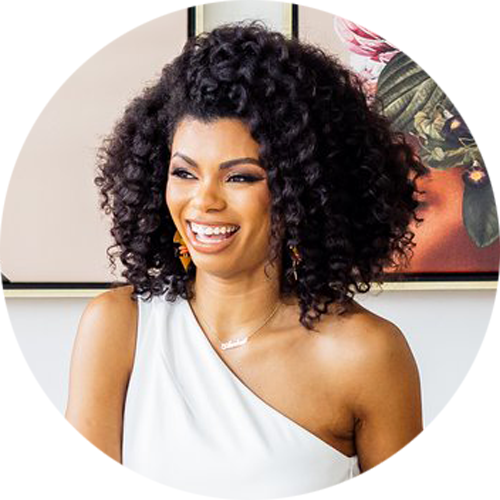
On clients questioning your rate:
“As an e-designer, I offer a flat rate per space based on the scope of the project, and an hourly rate for any additional shopping and staging. In the past, I’ve had potential clients compare my rates to full-service interior designers, e-design programs and other designers. Once you have the experience and confidence to stand your ground, you’re OK telling those potential clients no [to reduced rate requests], asking them to consider executing their design in phases to meet their budget or just wishing them well [and moving on]. If a potential client is trying to haggle, they probably can’t afford my rates or the additional furniture, decor and contracting either, and that is a preview of a rough client relationship. I also want to work with clients that don’t just love my work, but also see my value and respect what I bring to the table. That means paying my rates. The price is the price. Period.” —Amber Guyton, Blessed Little Bungalow, Atlanta
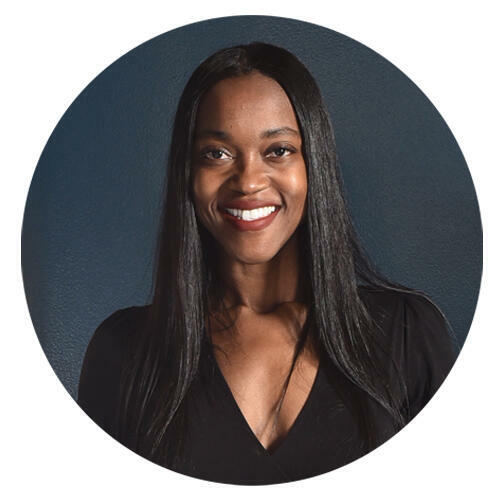
On new-client red flags:
“If a client is hesitant to pay our consultation fee, or if they ask what it ‘comes with,’ that’s a red flag. It lets us know they may not value our time—the time it takes to come to them; spend a couple of hours on-site learning about their wants, needs and aspirations; put together a design agreement and retainer invoice; and answer any questions throughout the process of hiring our firm. It’s also cause for pause when both people in a couple aren’t in complete agreement that they need to hire an interior designer. That can lead to begrudging invoice payments, awkward meetings and less flexibility when inevitable inconveniences happen. Disagreement among clients about scope and budget are also red flags that typically lead to one of the clients attempting to tame or dilute our designs to better accommodate their ideal budget. At our firm, we’re doing everything we can to work exclusively with clients who are in a place of yes. Anything short of that hinders the fullest expression of our work, which isn’t what I want for our team or our clients.” —Leah Alexander, Beauty Is Abundant, Atlanta
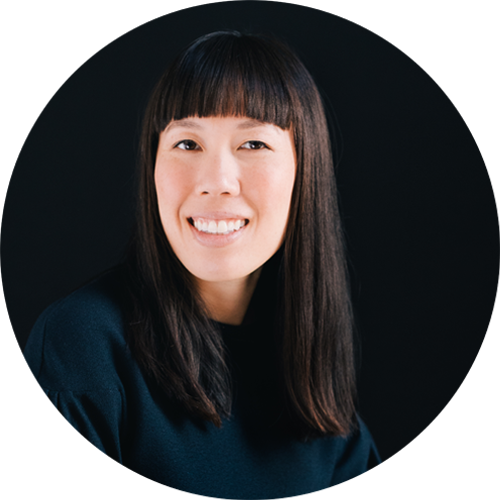
On having a waitlist for new clients:
“We have a waitlist because we proactively manage our project workload for every person on our team to maintain a work-life balance. We’re usually booked five months out, and having that little bit of a wait also gives current projects some buffer time to finish because of the inevitable uncontrollable events that can impact schedules. When there are potential clients who are a great fit, we encourage them to sign our contract and send in the retainer as soon as they decide so that we can hold that future opening for them. Sometimes, we can start their project earlier than expected, and that’s a welcome surprise. The waitlist also filters for clients who are really committed to working with Form + Field, and therefore more likely to be trusting and aligned with our values. Plus, this pipeline helps us plan for company resources and finances, and reduces the anxiety that can come with this type of business and economic uncertainty.” —Christine Lin, Form + Field, San Francisco
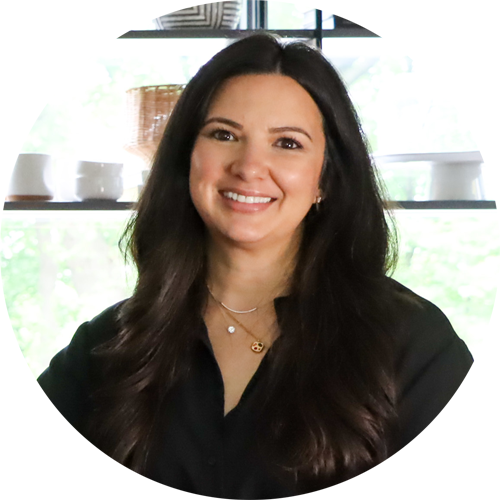
On your go-to question for potential employees:
“I think the single most important question to ask is, ‘What does your ideal workday look like?’ This question is super open-ended and will give the candidate an opportunity to tell you how many hours they’d like to work, their preferred start and end times, the type of work they prefer doing and what they do in their free time—which can give you a ton of information in a single [answer].” —Laura Chappetto Flynn, Element Design Network, Chicago
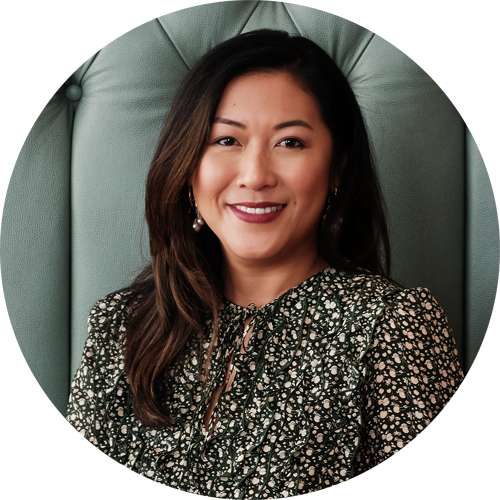
On bouncing back from burnout:
“A great tool for me is to talk to a friend or supportive colleague—if you’re not talking about it, you’re holding on to it. Talk to someone who has gone through something similar and ask them about their experience or share yours. Once you’ve given yourself a little headspace, you can come back and think about your ‘why.’ Why are you working so hard? What do you want people to remember you for when you’re gone? Those answers then lead to the question of ‘What could you be doing differently to design a life that doesn’t lead to burnout and gets you on track to your why?’ [My team is] currently working on reframing our ‘why’ and integrating it throughout our organization, from client intake to job descriptions to sourcing. This is giving us life, the simple—and difficult—act of finding our purpose and baking it into everything we do.” —Alicia Cheung, Studio Heimat, San Francisco
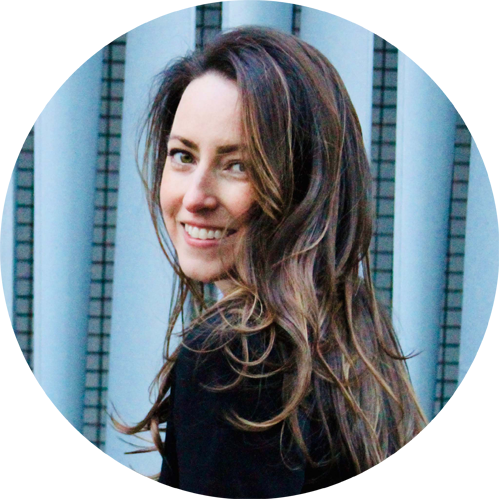
On a favorite online sourcing platform:
“Every resource—from big mainstream retailers to small artists and artisans offering hand-made work—provides inspiration. As an art historian and lover of objects with stories, I’m particularly drawn to regional auction houses for both furniture and accessories. LiveAuctioneers is a good aggregator of multiple online auctions from smaller houses focused on furniture and the decorative arts. I’ve found quite a few interesting tables, lamps and artwork throughout the tri-state area this way. I also scour ShopSCAD and other art university websites featuring student work. I am very impressed with the quality of products being created by the next generation of artists and designers—from fine art to home decor items, there are some true gems.” —Johanna Barger, Johanna Barger Design, New York

On using TikTok to grow your business:
“I have found that a lot of brands are willing to invest in videos specifically for TikTok. As a content creator who focuses on home-related content, I have to dip my toes into multiple platforms. TikTok has always been daunting to me because I felt that maybe it’s not where my ideal audience is. However, every time I post a video, it performs extremely well—sometimes better than on Instagram or YouTube. It’s a great platform to drive sales for any business. I appreciate the casual ease of TikTok; you don’t have to be as perfect as you do on Instagram.” —Arvin Olano, designer and content creator, Las Vegas
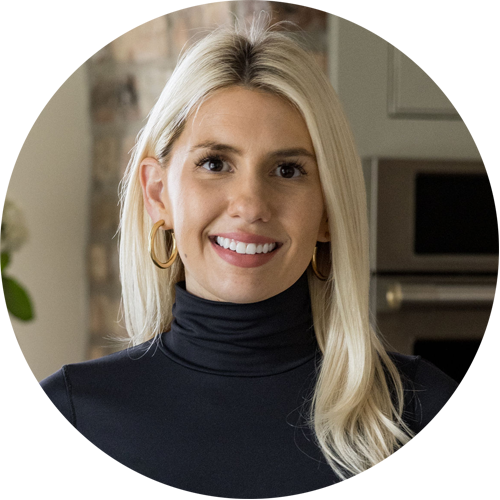
On a habit you’re trying to break:
“We’re trying to get away from being available 24/7 to our clients and contractors. We understand that our clients may not be free to review our emails until 5 or 6 p.m., but we have to learn to shut down our computers and recharge every day. Same goes for being accessible on the weekends. An urgent situation or an emergency is one thing, but answering a casual email on a weekend that can otherwise wait until Monday is something I’ve been focused on cutting back on. Having a work-life balance is important!” —Brittney Ferguson, Brittney Ferguson Interiors, Beaumont, Texas
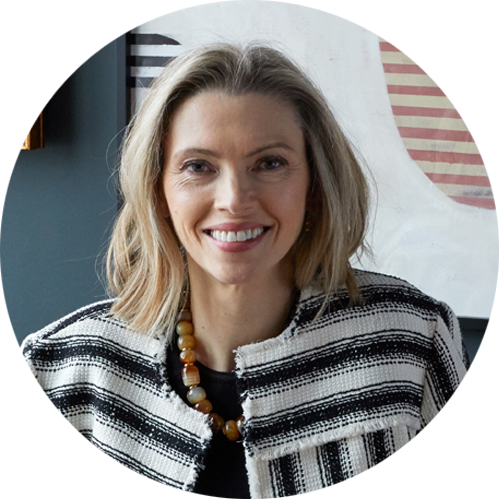
On fostering employee growth:
“I frequently say that if you have a space at the table, you have a voice. Everyone’s views are welcome, and in a creative space, they are embraced. We might not go with everyone’s ideas, but open dialogue encourages people to have an opinion and take risks, and that allows for growth in a very natural way. At my team’s annual reviews, I ask each person what they need my help with and what they would like to do and develop. Declaring a goal keeps me and the team member accountable; it also lets me see where there is room for growth. And not all [goals] are work-related: It might be helping them get to the gym more often by modifying work hours and offering encouragement. You can’t blossom at work if your personal life is constricting you. Alternatively, someone might want to learn a new software tool or expand upon [a skill set or knowledge area], which could ultimately be a great resource to the team. I’m always open to ideas! You never know where or to whom they will lead.” —Gillian Gillies, Gillian Gillies Interiors, Toronto
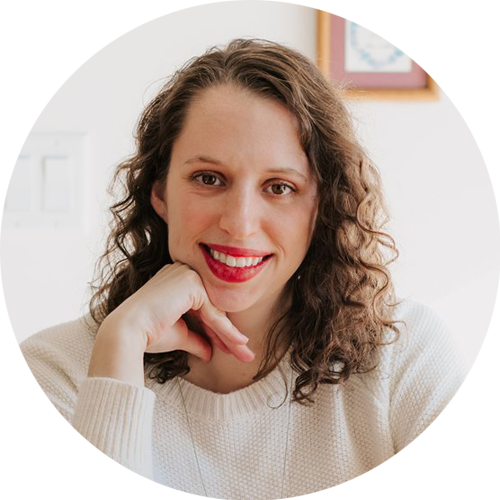
On an online design course that was worth putting in the time:
“When I made the decision to start my own design studio, I wanted to be very intentional about what I kept in the materials library. I spent a lot of time researching and comparing products and manufacturers to find the best products for each category. It was an impossible task, since nothing was apples to apples! I ended up discovering The New School Parsons’s Healthier Materials and Sustainable Building certificate course, which had so many excellent resources, including their Healthy Materials Lab and a great discussion on healthy affordable housing projects. I still refer to their Materials Library and course content when I’m trying to find more information about a product or a potential product swap. It truly is overwhelming as a designer to try and hit all the boxes of healthy, sustainable, works-for-the-client’s-style, budget-friendly [product], but this course is a good motivator, extremely eye-opening, and where I’d love to see the future of design go.” —Yvonne Gerbasi, Basi Collective, Cleveland

On including a site visit with your initial consultation:
“My initial consultation always includes a site visit. It helps me understand the project and gives me insight into my prospective client’s life: What do they like? How do they live? [The visit] helps answer questions that I might not [otherwise] think of asking within the first couple of conversations. I can also get a better idea of what my fee should be and any additional services I might suggest. On my first site visit, I often find that the project at hand is only the first phase of what the client will need. Visiting a client’s home gives you so much information—it is always worth it.” —Jen Dallas, Jen Dallas Interiors, Santa Monica, California
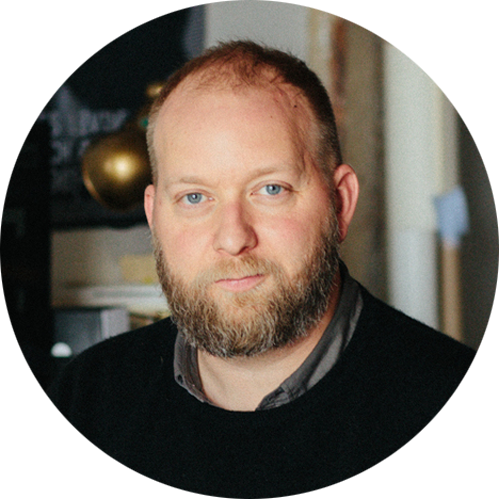
On the value of inspiration images:
“[Gathering inspiration images] is our first homework assignment to new clients, and the way they approach it says a lot about them. It’s usually the first indication we get of what it will be like to work with this client—how detail-oriented they are, how well-organized, how fastidious, how perceptive, how sophisticated. It gives us a lot of information that we use to shape the tenor of that client relationship. … Occasionally, a client can get too fixated on the literal interpretation of an inspiration image, as in they want it to look exactly like that. In that case, we’ll gently push back, revisit the aspects of the image that they like and demonstrate how we can incorporate a similar spirit into their project.” —Kevin Greenberg, Space Exploration Design, Brooklyn





























